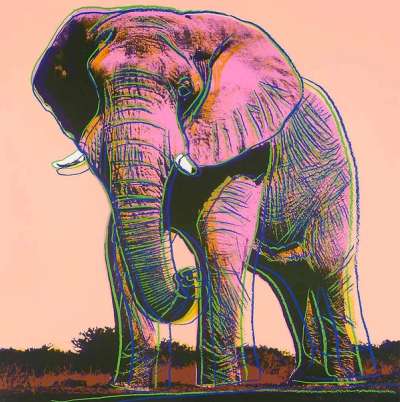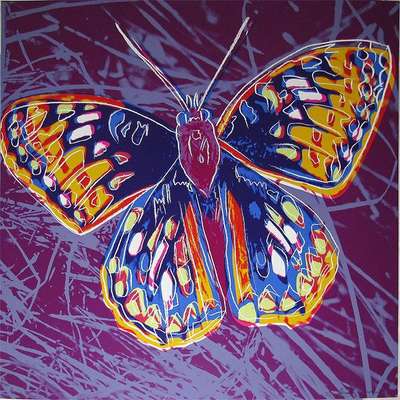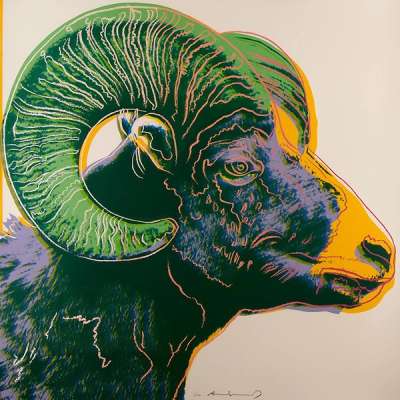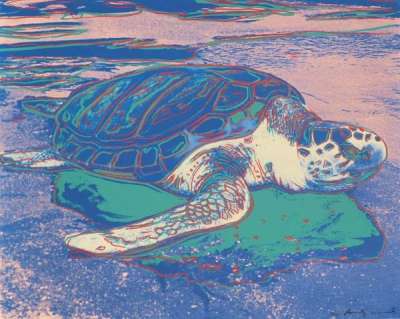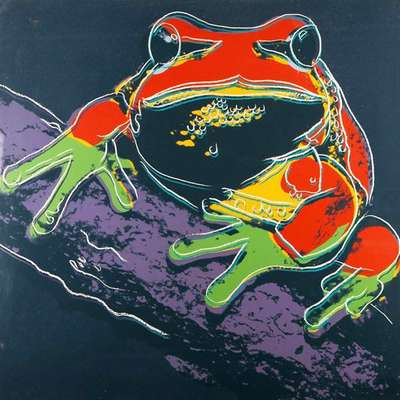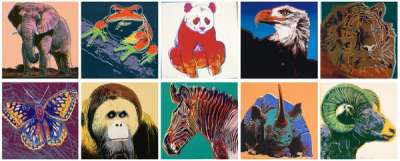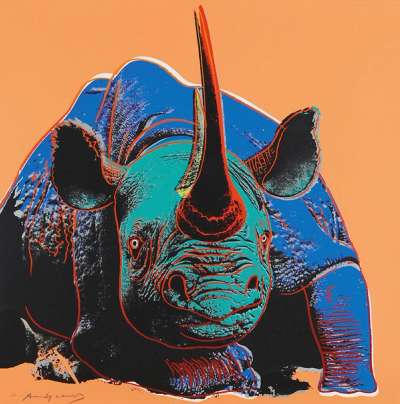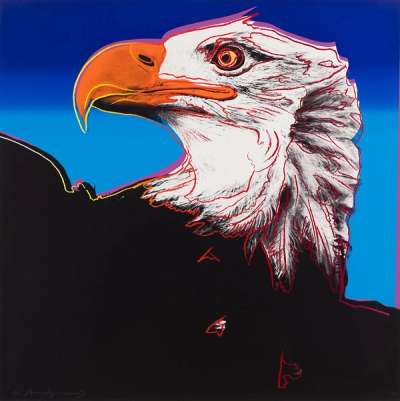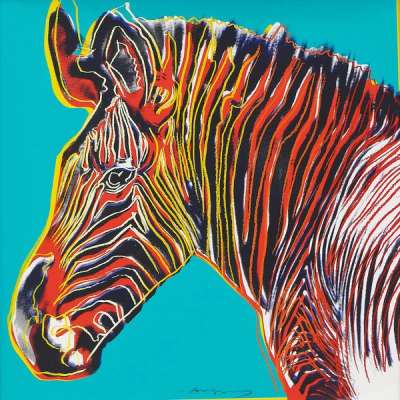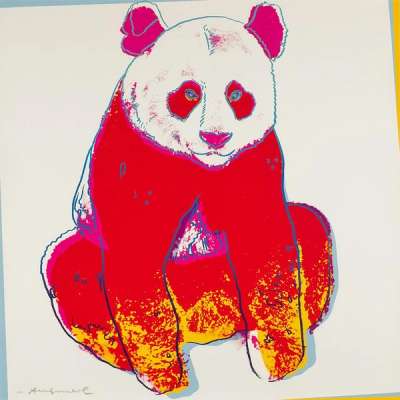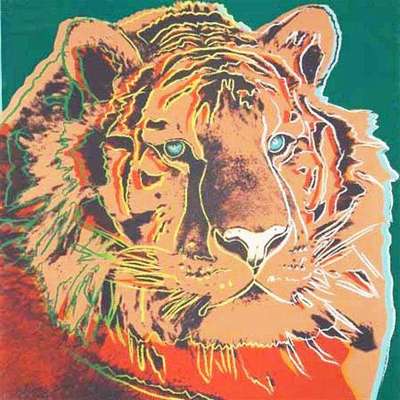
Orangutan (F. & S. II. 299)

Orangutan (F. & S. II. 299)
Signed Print
Andy Warhol
£100,000-£150,000Value Indicator
$200,000-$300,000 Value Indicator
$180,000-$270,000 Value Indicator
¥920,000-¥1,380,000 Value Indicator
€120,000-€180,000 Value Indicator
$980,000-$1,470,000 Value Indicator
¥19,140,000-¥28,710,000 Value Indicator
$130,000-$190,000 Value Indicator
AAGR (5 years) This estimate blends recent public auction records with our own private sale data and network demand.
There aren't enough data points on this work for a comprehensive result. Please speak to a specialist by making an enquiry.
Medium: Screenprint
Edition size: 150
Year: 1983
Size: H 97cm x W 97cm
Signed: Yes
Format: Signed Print
TradingFloor
Track this artwork in realtime
Watch artwork, manage valuations, track your portfolio and return against your collection
Track auction value trend
Auction Results
| Auction Date | Auction House | Location | Hammer Price | Return to Seller | Buyer Paid |
|---|---|---|---|---|---|
| November 2021 | Freeman's | United States | |||
| May 2019 | Bonhams New York | United States | |||
| October 2017 | Bonhams Los Angeles | United States | |||
| October 2016 | Sotheby's New York | United States | |||
| April 2016 | Sotheby's New York | United States | |||
| October 2013 | Christie's New York | United States | |||
| October 2013 | Phillips New York | United States |
Meaning & Analysis
Printed in 1983, Orangutan (F. & S. II. 299) is a signed screen print in colour on Lenox Museum Board by Andy Warhol. The print depicts a head and shoulders portrait of an orangutan rendered in yellow and brown against a yellow backdrop. Green and white gestural lines delineate the orangutan against the background and accentuate its sad eyes which stare at the viewer. The orangutan was native to many Asian countries, however due to the expansion of civilization and detrimental environmental factors, today they are only found in Borneo and Sumatra.
Orangutan (F. & S. II. 299) is part of the Endangered Species series commissioned in 1983 by New York gallerists and environmental activists, Ronald and Frayda Feldman. The series is composed of 10 different prints, each depicting a different endangered species. The purpose of the series was to raise awareness for these rare species and raise the viewers’ environmental consciousness. Warhol had a personal connection with the series as he was very interested in nature and concerned with ecological issues. The artist in fact donated a number of these prints to raising funds for causes supporting wildlife.
The print was made using Warhol’s signature screen printing technique and showcases his experimentation with colour and dynamic lines. By depicting the orangutan in this way, Warhol transforms the animal into an icon of 20th century Pop Art. In doing so, Warhol demands the viewer looks at the image and thinks about the threat posed to species like the orangutan who are in danger of extinction because of humanity’s selfish behaviour.
Andy Warhol was a leading figure of the Pop Art movement and is often considered the father of Pop Art. Born in 1928, Warhol allowed cultural references of the 20th century to drive his work. From the depiction of glamorous public figures, such as Marilyn Monroe, to the everyday Campbell’s Soup Can, the artist challenged what was considered art by blurring the boundaries between high art and mass consumerism. Warhol's preferred screen printing technique further reiterated his obsession with mass culture, enabling art to be seen as somewhat of a commodity through the reproduced images in multiple colour ways.
